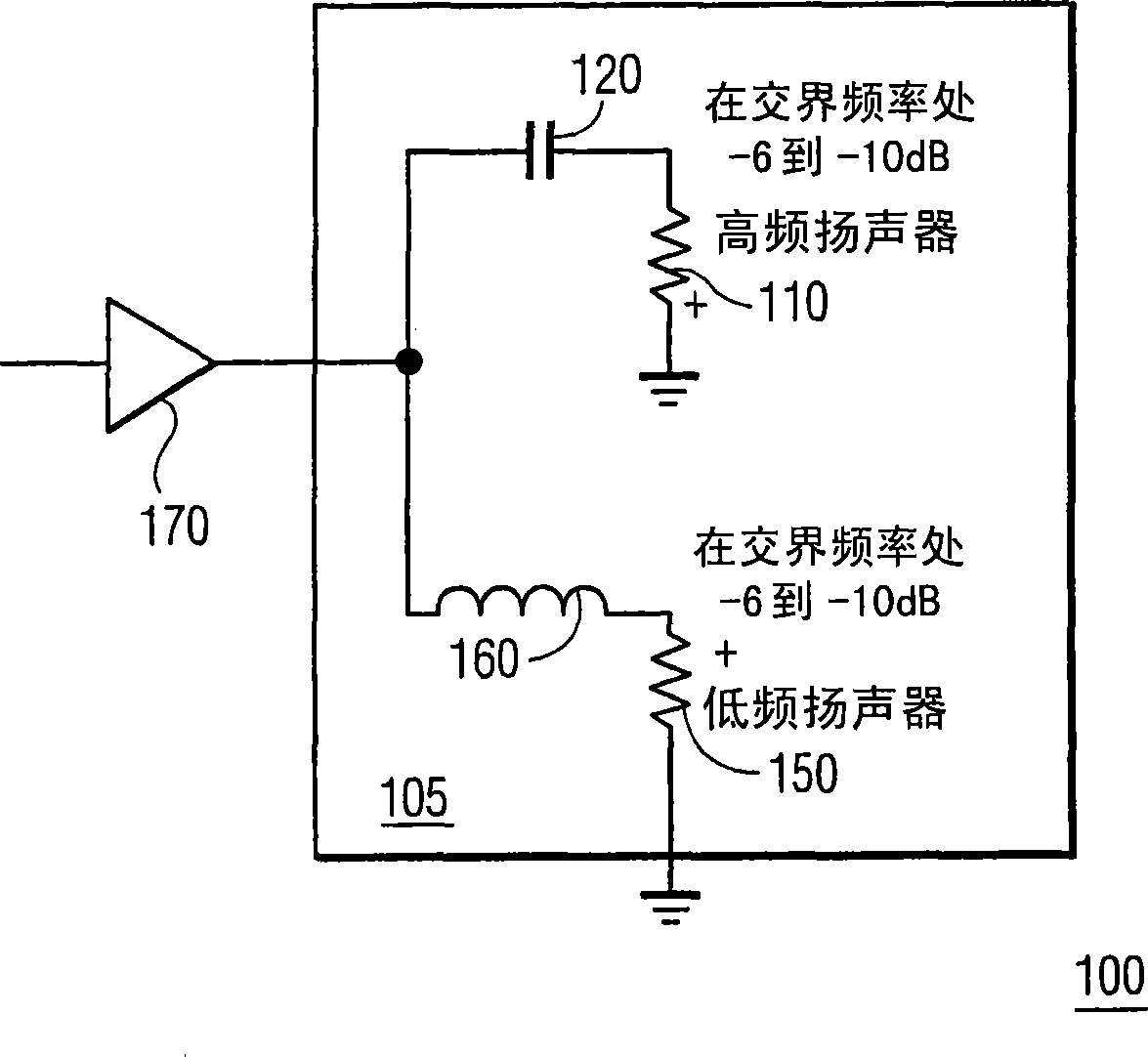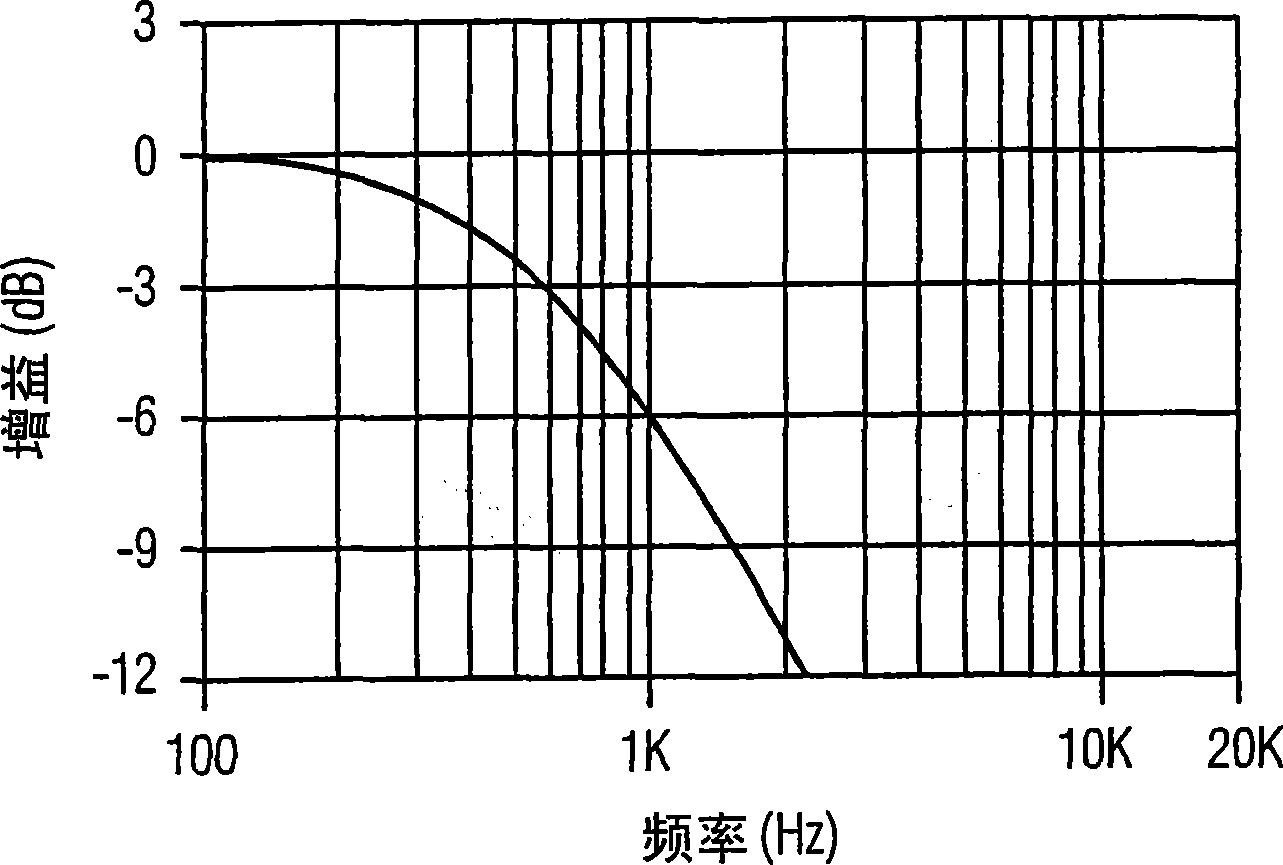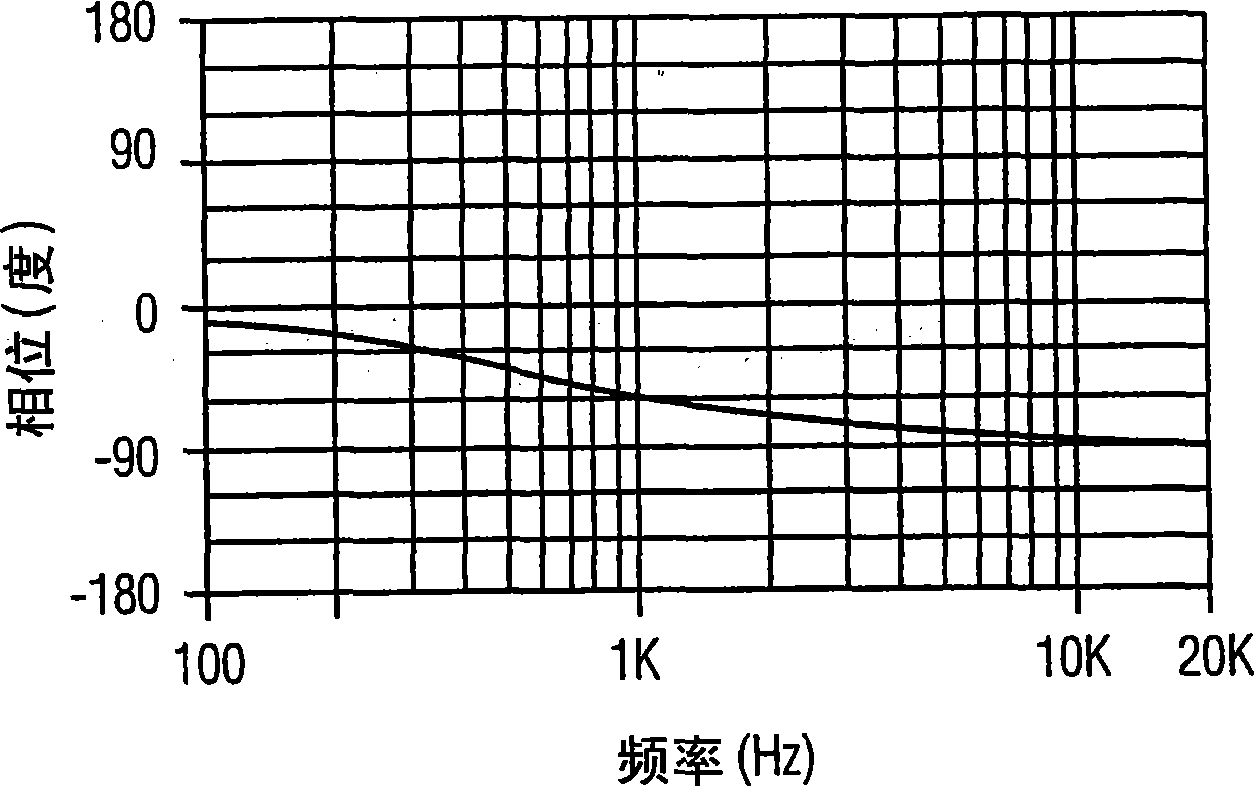First-order loudspeaker crossover network
A crossover network, speaker technology, applied in the direction of speaker distribution signals, etc., can solve the problems of expensive size, capacity and power requirements, and increase the cost of speaker system.
- Summary
- Abstract
- Description
- Claims
- Application Information
AI Technical Summary
Problems solved by technology
Method used
Image
Examples
Embodiment Construction
[0020] figure 1 A two-way loudspeaker system 100 using a first order crossover network 105 in accordance with the principles of the present invention is shown. Two-way speaker system 100 included in figure 1 Tweeter 110 represented by a resistor in , and in figure 1 The woofer 150 is also represented by a resistor. Each of tweeter 110 and woofer 150 has a positive terminal (at figure 1 Indicated by +), and the negative terminal (with figure 1 opposite to the terminal marked "+" in the The audio signal input to the crossover network 105 can be amplified by the amplifier 170 . Crossover network 105 includes a capacitor 120 coupled in series with tweeter 110 to form a high pass filter for providing a high-band input signal to tweeter 110; and an inductor 160 coupled in series with woofer 150 to form a high-pass filter. A low pass filter is formed for providing a low frequency band input signal to the woofer 150 . Inductor 160 is coupled to woofer 150 with a first polarity ...
PUM
 Login to View More
Login to View More Abstract
Description
Claims
Application Information
 Login to View More
Login to View More - R&D Engineer
- R&D Manager
- IP Professional
- Industry Leading Data Capabilities
- Powerful AI technology
- Patent DNA Extraction
Browse by: Latest US Patents, China's latest patents, Technical Efficacy Thesaurus, Application Domain, Technology Topic, Popular Technical Reports.
© 2024 PatSnap. All rights reserved.Legal|Privacy policy|Modern Slavery Act Transparency Statement|Sitemap|About US| Contact US: help@patsnap.com










